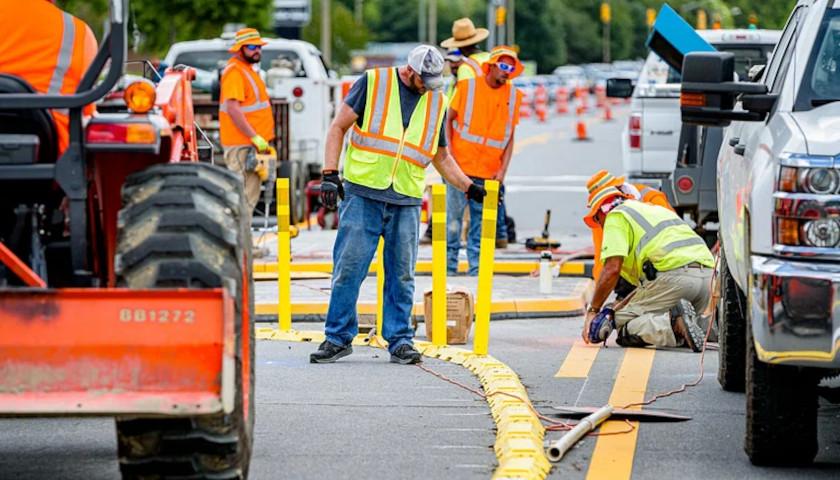by T.A. DeFeo
A new analysis has identified the most dangerous roads in Georgia, all in the metro Atlanta area.
Moreover, a fifth of deadly crashes involved drunken driving, while a similar amount (19%) were connected to speeding, the analysis from MoneyGeek, a personal finance technology company, revealed.
The company reviewed fatality data from the National Highway Traffic Safety Administration from 2018 to 2020 and analyzed 4,307 fatal crashes, including ones that involved pedestrians and bicyclists, to compile its list.
“One of the insights from this analysis is that the behavioral aspects of driving … is a more significant factor than the specific road,” Doug Milnes, the head of marketing and communications at MoneyGeek, told The Center Square. “Policies, programs, and laws that continue to encourage safe driving are an important preventative measure that continue to save more lives than a specific road improvement.”
According to the analysis, the deadliest five-mile stretches of road in Georgia are:
- Moreland Avenue (State Route 42) from S. River Industrial Boulevard SE to Wylie Street SE
- Interstate 20 from Exit 71 to Exit 65
- Interstate 285 between the State Route 6 Interchange and the Riverdale Road Exit
- Interstate 285 from the Bouldercrest Road Exit to the I-20 interchange
- State Route 85 from Exit 237A to Springdale Drive
The analysis also revealed that only 3.6% of fatal crashes from 2018 to 2020 involved distracted driving. The Peach State ranked better than 88% of states, the study found.
Milnes noted that several other state roads that rank among Georgia’s deadliest roads are not fully divided and have no formal on- or off-ramps. These roads have cars that reach high speeds, have cars crossing oncoming traffic to make turns and have less predictable exits and entries, such as turns at driveways or other roads, Milnes said.
“Taken together the setup for these roads indicates less safe driving conditions for drivers than roads with lower speed limits or highways with a full divided highway,” Milnes said. “Changes to strengthen the safety/road design for these state roads could potentially save lives.”
With 396 fatal wrecks during the month, October had the most fatal accidents between 2018 and 2020 — 9.2% of all recorded deadly crashes in Georgia during the three years. September and November have the next highest numbers, with 394 and 384 fatal crashes.
Fulton County had the most fatal accidents of any county. The majority of these accidents happened on I-285.
However, Georgia transportation officials said driver behavior leads to most crashes and fatalities on Georgia roads, but that does not mean the road itself is dangerous.
“The standard way to evaluate crash data is to use a crash rate, severity rate, or weighted severity ranking,” the Georgia Department of Transportation said in a statement to The Center Square. “…For instance, a roadway in rural Georgia can be compared to a roadway in a metropolitan area in Georgia. The reason for this is that traffic volumes, segment length, etc. are being used to normalize the crashes.
“…Lastly, it is standard practice to review at least five years of crash data in an analysis,” the agency added. “The reason for this is to gain the best insight into a potential crash trend and recommend the best potential safety countermeasure. Only reviewing a few years of crash data can limit analysis and not provide the entire picture of what is occurring.”
– – –
T.A. DeFeo is a regular contributor to The Center Square.
Photo “Atlanta” by Richard Solano.





